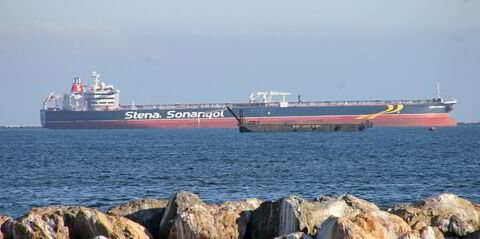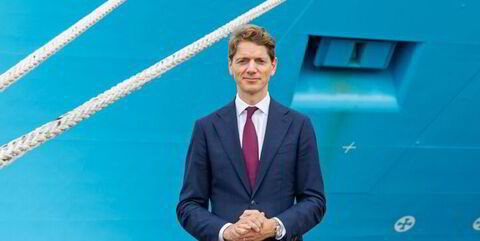The Oslo-listed John Fredriksen-controlled company, fresh from adding the ships of sister company Knightsbridge, posted a net deficit to 30 June of $35.54m, from a profit of $6.28m in the same period of 2014.
Operating costs rose to $70.13m against $13.79m last year, as voyage expenses jumped.
Revenue increased to $49.33m from $20.59m.
The six-month loss was $110.88m, compared to a profit of $17.22m in 2014.
It blamed the continued poor market combined with an increase in the size of the fleet after the merger was sealed on 31 March.
The revenue figure was reduced in the second quarter by $9.2m as a result of the amortisation of favourable time-charter deals worth $127.1m for contracted-out bulkers acquired as a result of the Knightsbridge combination.
GOGL said: “The spot market in the second quarter of 2015 did not give owners of dry bulk vessels any relief. Rates ended up more or less at similar levels as in the previous quarter and with limited volatility.”
Optimism dashed
But the owner added that the third quarter began with more optimism, as capesize rates hit levels near $20,000 per day.
“Then a three-step devaluation by the Chinese Central Bank and a very nervous Chinese stock market removed all signs of optimism over a fortnight,” it said.
“With falling commodity prices and growing uncertainty in general, activity among dry bulk charterers is low at present.
“Short term this could be painful for owners of dry bulk assets, but in a longer term perspective the supply side should repair itself faster than previously anticipated.”
However, spot rates are still higher than in the first half, with revenues expected to improve compared to the two previous quarters, it said.
And the board pointed to its modern fleet and healthy balance sheet as leaving it in a good position relative to most competitors.
“This should give the company interesting opportunities, and various alternatives are evaluated continuously,” GOGL concluded.
It has 23 newbuildings under construction, of which four have already been sold on.
This leaves it with $828.4m left to pay in 2016 and $124.2m in 2017.
Three new ships are coming this year, with 12 to follow in 2016 and four vessels in 2017.



